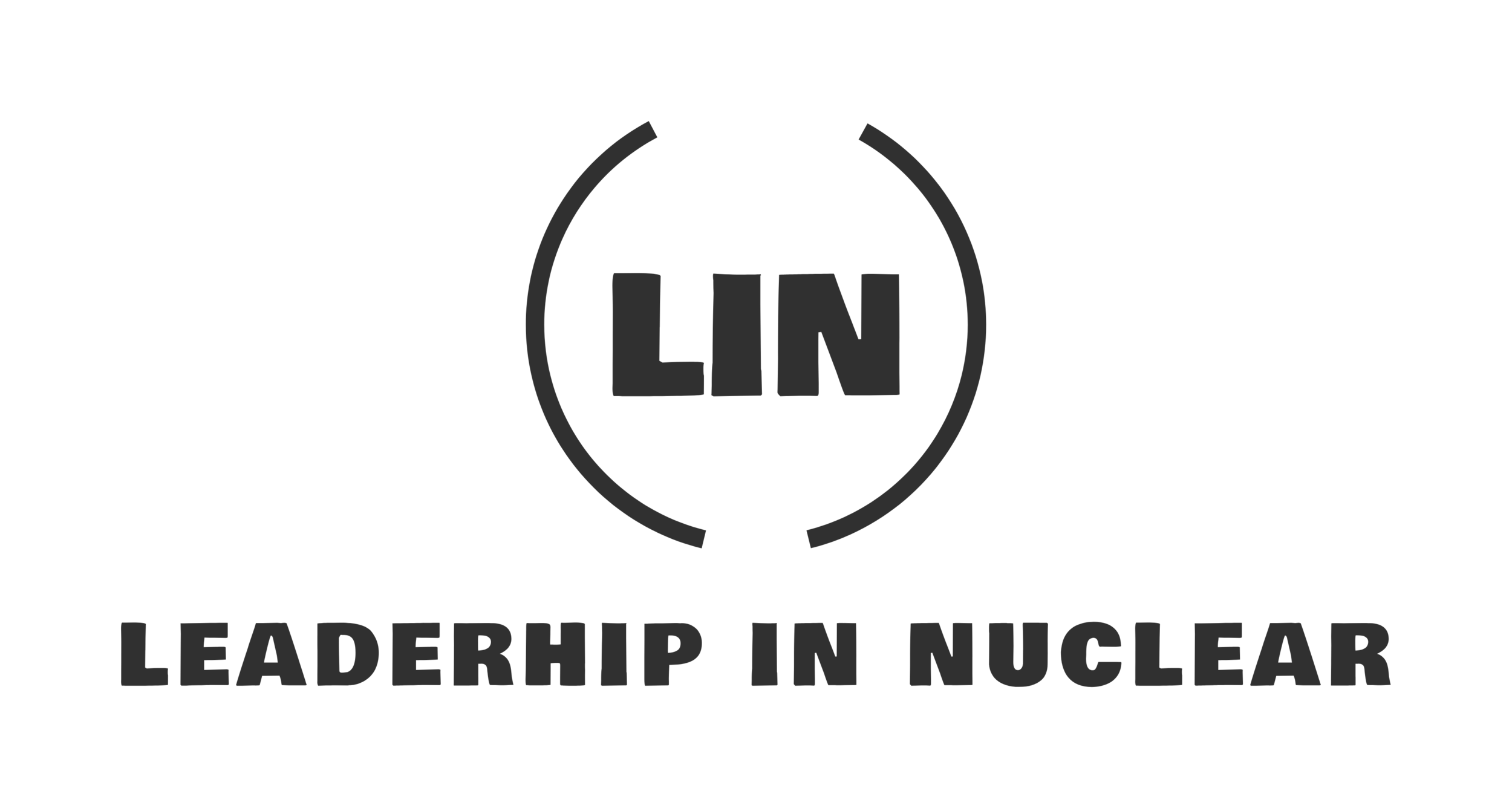Leadership Traits of a Healthy Nuclear Safety Culture
The Nuclear industry is not like any other business, in the sense that Nuclear safety is the number one priority. Leaders and employees shall always have that in mind when it comes to behaviors, decision-making, accountability, work-processes, etc.
As a leader, you have to reinforce that mindset continuously.
Personal Accountability
It is essential to take full responsibility and ownership of your actions. If you start blaming others for your shortcomings, you are lost. Listen to what others have to say, and they will listen to you. To get what you want, you to have to give others what they want first. It is as simple as that.
Do the things you say you are going to do. Develop a reputation that people can trust you and count on you. When you take on a task, you deliver according to plan. However, we strive to exceed expectations — every time.
People do what people see, and as a leader, you must walk the talk.
Questioning Attitude
Always be aware of potential risks. Work proactively to identify them and initiate mitigating actions to reduce or eliminate them. If something doesn't seem right, stop, and take a step back. Think about the potential consequences if you continue.
Balance the skill of finding potential risks and errors with the ability to search for positive behaviors, actions, and results.
Use the compelling question: "What went well and why." It can generate many valuable actions that can prevent potential risks from occurring at all.
Effective Safety Communication
Leaders communicate that Nuclear Safety is the number one priority. This message can manifest itself in many different ways.
I have visited many different Nuclear Power Plants. This message is evident wherever you go. At one Power Plant, you might see a large rock at the entrance with engraved letters saying that "Nuclear safety is our number one priority." At another Power Plant, an artificial voice might speak to you with the same sentence as you go through the metal detectors.
Leadership Safety Values and Actions
Leaders and employees take care of Safety-related issues on time. A graded approach is applied to allocate the right amount of resources to the right areas.
Individuals feel free to raise concerns without fear of retribution.
Decision-Making
The leader has to develop excellent skills in decision making. The "time for consideration" is an essential constraint for decision making. The more time you have, the more thoroughly the investigation has to be to make the right decision when it comes to nuclear safety.
There are many tools you can apply for this, and you can read more about decision making here
If there is a conflict between safety and money, safety is always the overriding priority.
Respectful Work Environment
Be open and show that you care. When the employees feel that you care, they will listen to your vision and directions. Be authentic and real to yourself. People see right through you if you are not.
If you don't trust or care for yourself, you cannot trust and care for others. When you are feeling bad inside, you will hurt others. If you don't respect yourself, you will not be able to respect others.
Learn to lead yourself to be able to lead others, and be the change you want to see.
Continuous Learning
If you are number one, you should always work as if you were number two. Focus more on performance and improvements every day rather than quarterly results. Analyze trends and evaluate failures. Treat failures as learning experiences instead of establishing a culture of blame.
Recognizes learning as something that is valued and appreciated. To create an intrinsic drive for self-improvement, you have to communicate that you value everyone in the organization. The most potent force for people to grow themselves is when they feel part of a winning team and considered to be necessary.
Lead by example and dedicates plenty of time to your personal growth. When you add value to yourself, you can add value to others. Grow your people, and they will grow the company.
Work Processes
As a leader, you plan and execute work effectively. Risk assessment is used naturally throughout the organization. The instructions and procedures are continuously applied and optimized for their purpose.
The work process ensures individuals are aware of the plant status and the safety margins in a different situation.
There is a balance between the work process, knowledge, and behaviors. All three of them are needed.
It takes time to build a robust and healthy safety culture. It starts at the top of the organization, and it cascades down through its leaders. It is essential to identify the informal leaders as well because they can have as much influence as the leaders and sometimes even more.
Create your cultural warriors who have the same values as you do, and they will help you create new warriors.
A healthy Nuclear Safety Culture is not only good for the Nuclear industry. It is also proven to be useful in other sectors as well. Companies with high industrial safety standards or ethical values have shown to be more profitable than others over time.
Study and apply the traits of a Healthy Nuclear Safety Culture, and you will help your business or company to reach the top.
